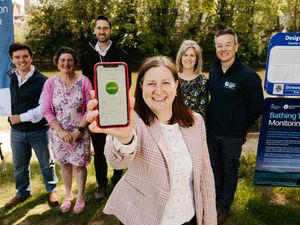'Hugely important': Shrewsbury Castle excavation reveals finds of national significance
The first-ever excavation of Shrewsbury Castle has been hailed a huge success after producing finds of national significance.
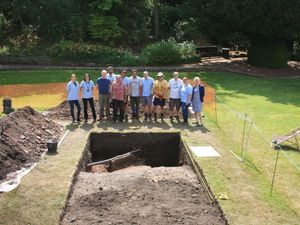
The excavation ran from July 22 to August 2, and was a partnership project between Shropshire Council and University Centre Shrewsbury, funded by the Castle Studies Trust.
The dig was led by Dr Nigel Baker and supervised by experienced archaeologist, Dai Williams.
From cooking pots and glazed jugs to military artefacts and details of the castle’s original defences, the excavation produced finds dating from 1100 to the 20th Century.
However, two discoveries of national significance were made, rewriting what was known about Shrewsbury Castle.
The first key find was the great defensive ditch that encircled the base of the Norman motte.
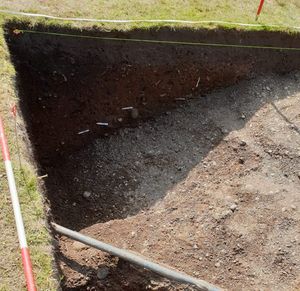
The excavation has shown that when a castle was first built by the Normans in or just before 1069, the motte, with its defensive ditch, was enormous.
It would have been about 12 metres wide and the geophysics suggest there was probably a bridge over it.
Dr Nigel Baker, lead archaeologist on the project, said: "We first hear of the castle when it successfully resisted a siege mounted by local Marches-based rebels against Norman rule in 1069.
"No wonder it held out: the rebels would have had to overcome three successive lines of fortification even to get to the foot of the motte – the strongest part of the castle."
The second key find was the discovery of two arrow heads or crossbow-bolt heads.
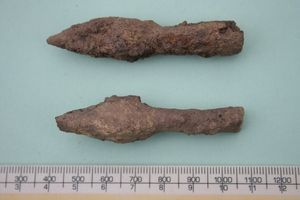
Both were ‘bodkin’ type arrows: sharp, square-edged heavy points designed to pierce armour.
They were clearly for military use and not for hunting.
Dr Morn Capper, Lecturer in History and Heritage at University Centre Shrewsbury, said: "These armour piercing arrowheads are designed to punch through armour.
"They are the first clearly military finds from the castle that William the Conqueror had built to subdue the rebellious town after the Norman victory of 1066, and which his heirs, Henry II and Henry III re-made in stone. Discovering the Medieval motte ditch has revealed evidence of the bloody past we read about in the written documents.
"They are a hugely important find."
Professor Mark Barrow, executive director of place at Shropshire Council, said: "Shropshire Council is thrilled with the results of the excavation. It has really highlighted the historic importance of the castle and the town of Shrewsbury and will go a long way in supporting the visitor offer and management of the site in the future.
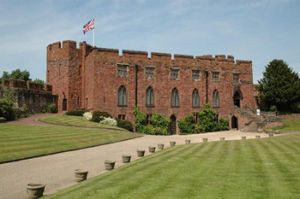
“I’d like to thank the Castle Studies Trust for the grant support, Dr Nigel Baker for leading the project, all partners including University Centre Shrewsbury and the team of dedicated volunteers who made this possible.
Dr Nigel Baker, said: "The real key to successful excavation was the sheer hard work of our volunteer excavators – who kept digging, and talking to visitors, through the hottest and the wettest weather the summer could throw at them – that and some great back-room planning and organising by our partners in Shropshire Council and University Centre Shrewsbury, and a good deal of patience from Shrewsbury Town Council and their garden staff."
Professor Tim Jenkins, head of arts and humanities at University Centre Shrewsbury, said: "University Centre Shrewsbury is working at the heart of this historic town and keen to help uncover its past. This project has been a unique opportunity for students to work alongside Nigel and Dai Williams to learn about the work done by professional archaeologists, and to understand the evidence collected and cared for by experts from Shropshire Council’s historic environment team."
Jeremy Cunnington of the Castle Studies Trust, said: "We are delighted to have funded the excavation at Shrewsbury Castle. With the discovery of the 12m wide ditch the excavation has transformed our understanding of the castle in a way that we didn’t expect before Nigel and his team started their work and shows the value of excavating sites like Shrewsbury to advance our understanding of castles."



